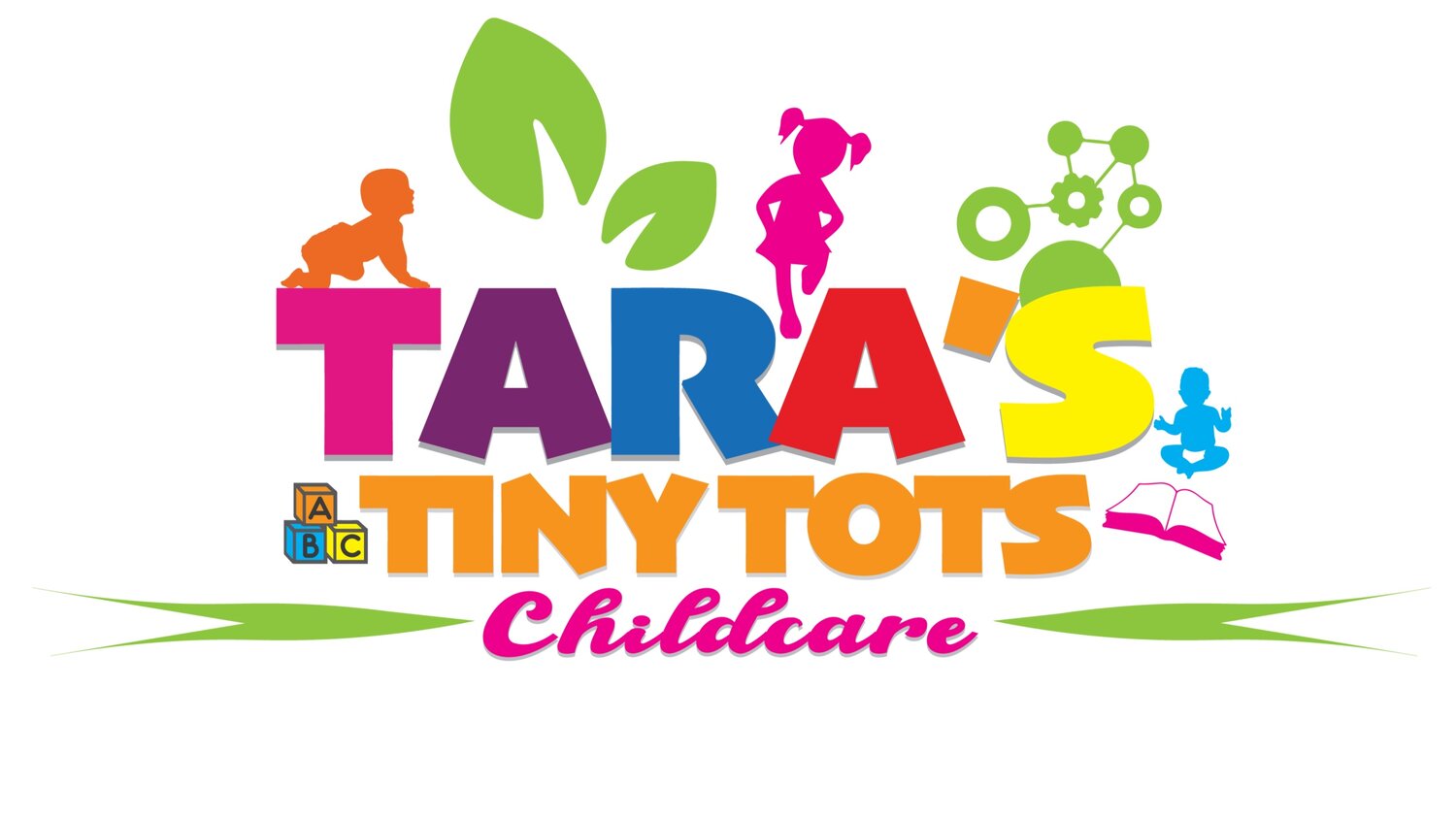Blocks are among children’s favorite toys. Most centers will provide several different kinds of blocks. The babies touch, squeeze, and throw soft spongy blocks. Older children build with wooden blocks on the table or floor. They use larger blocks to make tall towers and settings for their pretend play.
When children build with blocks, they learn about sizes, shapes, colors, and why it’s important to build on a sturdy base if they want their structures to stand. Sometimes they build alone, creating designs with the blocks. Sometimes they work together to build something they have seen, such as a fire station or a school. Then they use it to pretend. This is one way children represent the world around them and learn more about it.
It is important to talk to children about their constructions as they play with blocks. You and your provider should describe what you see and ask questions to encourage them to think about what they are doing. Here are some questions to encourage them to express their ideas in words. You could say,
“You like to build with the blocks and then knock them down.”
“I see that you made a road for your car. What will happen when the car runs out of gas? Do you need a gas station?”
“You made an interesting pattern with the blocks. It goes: red square, blue triangle; red square, blue triangle; red square…I wonder what comes next.”
As your child plays with blocks at home, your comments and questions can extend his or her ideas.
Here are some other suggestions for block play at home:
Consider the age of your child as you choose from the many different kinds of blocks that are available:
Select soft and safe blocks for your baby. Foam, cloth, and plastic blocks are best for this age.
Toddlers and twos can use a great variety of blocks. Colored wooden table blocks and alphabet, foam, cardboard, and plastic blocks are all appropriate.
Preschool and school-age children like to create all kinds of structures with wooden blocks in proportional sizes. They also like to make designs with colorful pattern blocks.
Store small blocks in containers like plastic tubs or shoe boxes, and label them with a picture and words. Then your child will be able to find what he or she needs and put the blocks away after playing with them.
Here at Tiny Tots Childcare LLC, we love blocks! They have been a great tool to help our Tiny Tots develop in vital skills necessary to become “school ready”! Be sure to start using them in your home as well!

